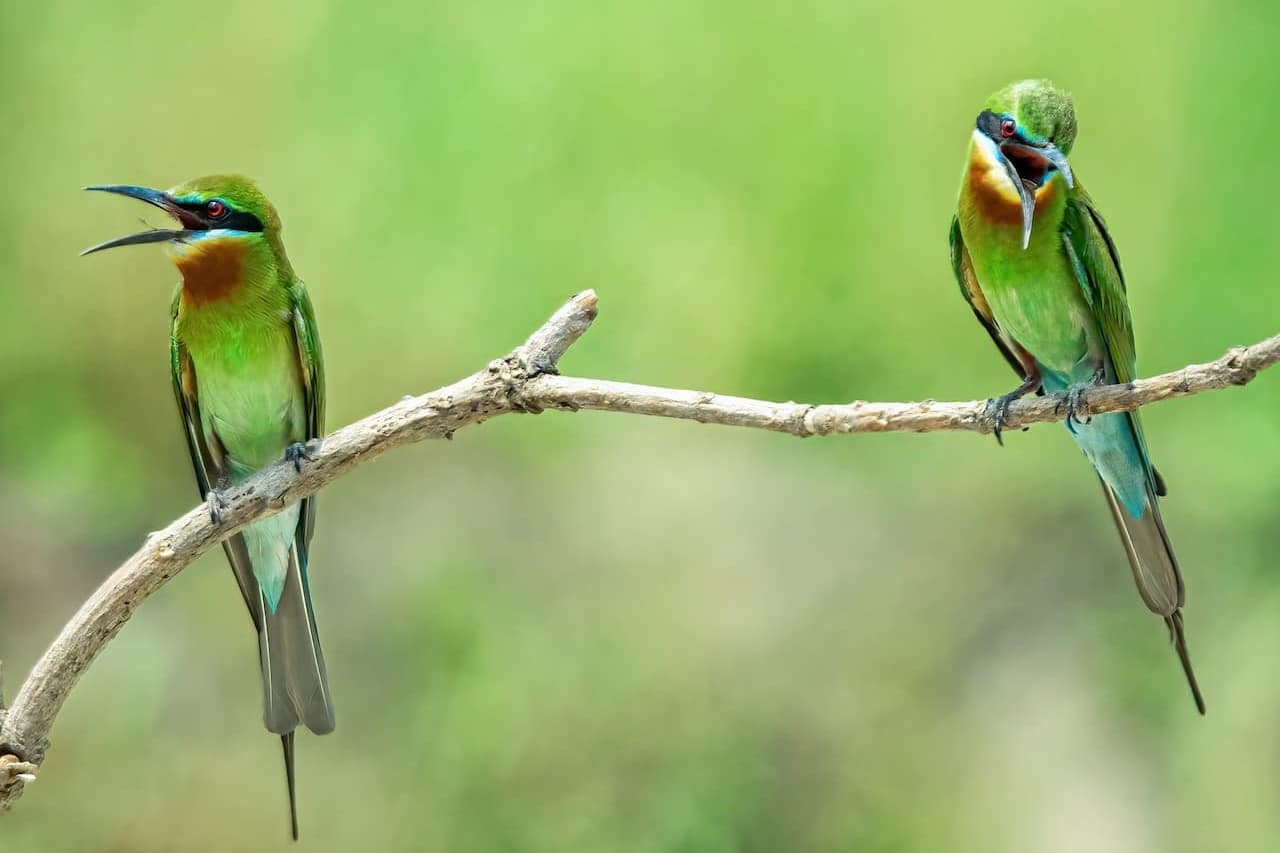Rufous-headed Hornbill (Aceros waldeni)
The Rufous-headed Hornbill (Aceros waldeni), also known as the Visayan Wrinkled Hornbill, Walden’s Hornbill, or Writhed-billed Hornbill, is a critically endangered species of hornbill living in the rainforests on the islands of Negros and Panay in the Philippines.
It is closely related to the Writhed Hornbill but can be recognized by the yellow throat and ocular skin in the male, and the blue throat and ocular skin in the female (both throat and ocular skin are deep orange or red in both sexes of the Writhed Hornbill).
Its binomial name commemorates the Scottish ornithologist Viscount Walden.
Habitat and behaviour
Rainforests with abundant fruit-bearing trees are the natural habitat of these birds. The Rufous-headed Hornbills live in small groups and are noisy.
The Rufous-headed Hornbill uses natural or carved-out hollows in tree trunks for its nest. Like other hornbills, they reproduce very slowly. As the lack of appropriate nesting sites is a problem, nest boxes are being attached to tree trunks in certain reserves.
Status
This is a critically endangered species. Rufous-headed Hornbills reproduce very slowly and thus are unable to survive high hunting pressures coupled with heavy logging of the rainforests. It is presumed extinct in Guimaras and now survives only in Negros and Panay.
The total population has been estimated at less than 160, though recent work from the Central Panay Mountain Range suggests 600-700 pairs may remain there. No recent figures are available for Negros, where it may be functionally extinct.
Hornbill Information … Hornbill Index of Species … Hornbill Species Photo Gallery




